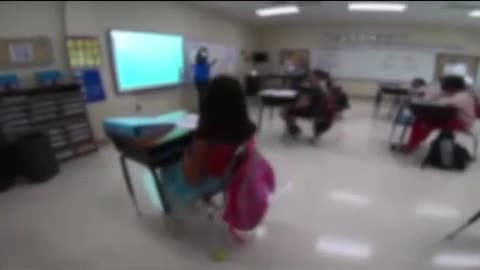When Carroll County Public Schools first announced in the fall of 2020 it would be starting hybrid learning, Peggy Benko says her school-aged children were elated.
"When we had hybrid in the fall, they were different people. They had a purpose. They came home from school, they were excited and their whole demeanor was different," she said.
The school district went back to all virtual before Thanksgiving and re-started hybrid learning in early January. Benko, who is a healthcare worker, says the family weighed the pros and cons both times of sending their kids back to school. For them, the reward outweighed the risks.
"They are really loving school. They were upset we had off for President’s Day. They don’t want snow days. They want to be in the classroom," she said.
Starting in March, several other local school districts will follow Carroll County and open classrooms to more students for hybrid learning. Most districts are starting with younger students and dividing them into two groups. The groups will alternate between two days of in-person learning and three days of virtual learning. Students who opted out of hybrid will continue to learn entirely from home.
"It is worthwhile for parents to have a conversation with their children about what to expect when they go back to the classroom," said Dr. Annette Anderson, deputy director of Johns Hopkins Center for Safe and Healthy Schools.
Here are a few tips Dr. Anderson has for parents to make the transition from remote to hybrid learning:
- Talk about expectations - discuss what students can expect to see and experience when they go back to class, such as having to wear a mask all day and maintaining six feet between friends and teachers.
- Address fears and concerns - explain what COVID-19 is to kids, how it can spread and what can be done to prevent the spread such as wearing a mask, sanitizing hands and surfaces and maintaining social distancing.
- Check in regularly - Dr. Anderson suggests giving kids an outlet, like artwork or a journal, to express how they are feeling or concerns they have about hybrid learning. "It’s important parents stay actively engaged right now to assess how their students are feeling about the return to hybrid learning," said Dr. Anderson.
Benko said she spoke to her kids about what COVID-19 is and how to prevent it from spreading. She also suggests parents try out different types of masks on their kids to find the right comfort level and fit so they won't want to take it off at school. She strongly believes her family made the right decision to return to the classroom.
"I have many friends, it’s just not the right thing for them and I completely understand that. So far we’ve been pleased and although we realize there is a risk, we’ve seen a lot of benefit."






